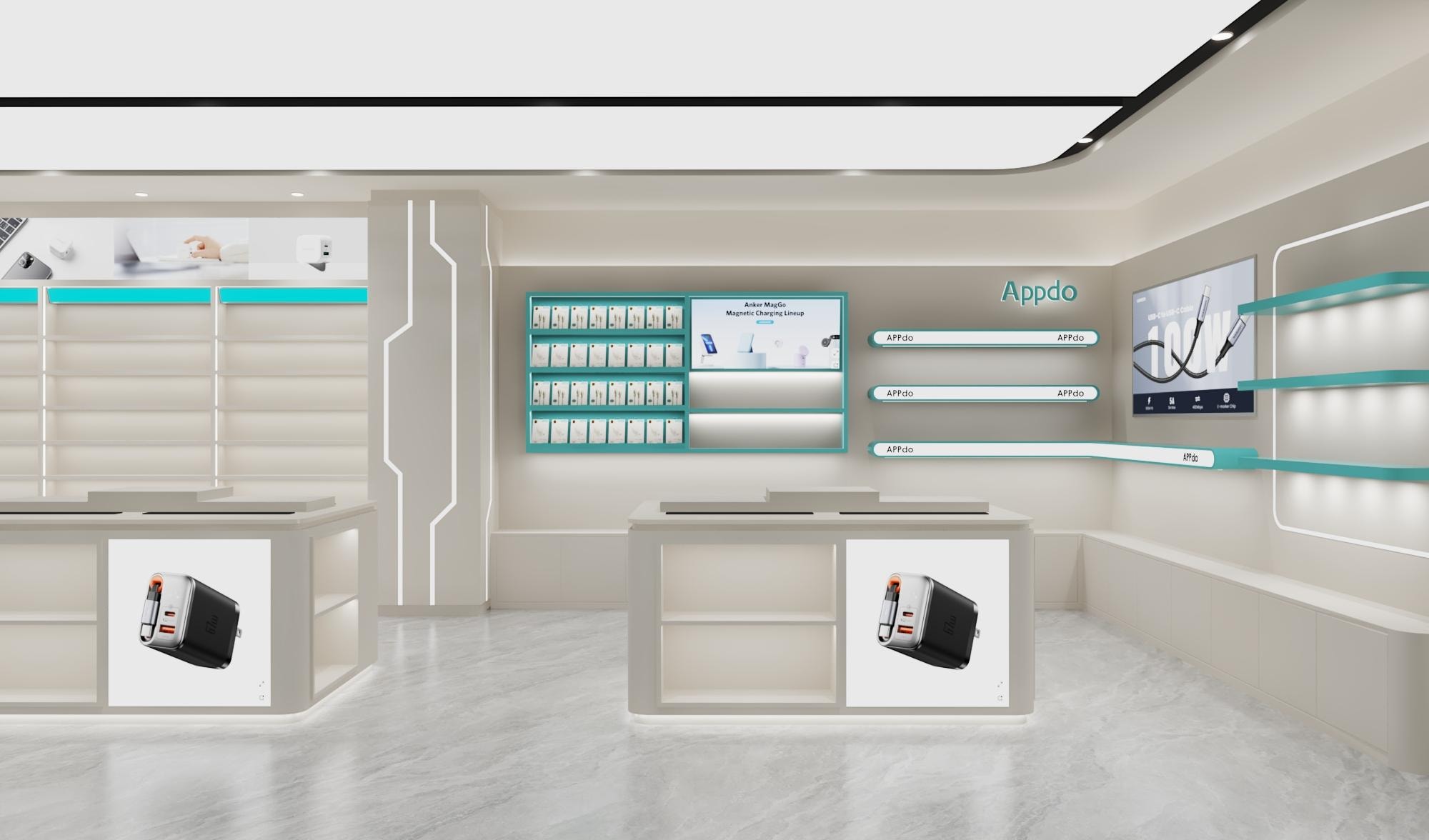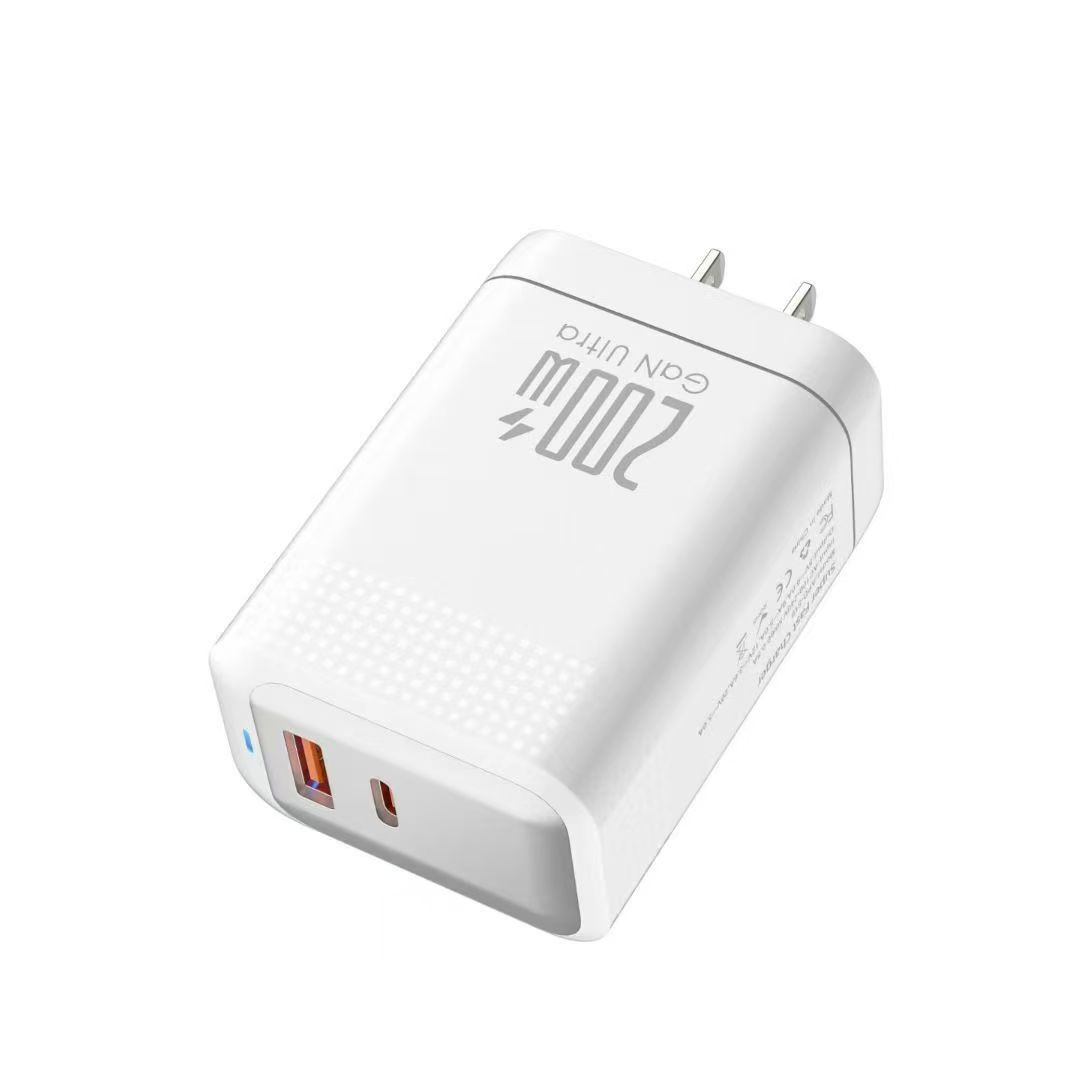
The secrets of fast phone chargers: How does PD/QC achieve a full charge in 1 hour?
Updated on October 4, 2025
Want to know how fast phone chargers work? This article explains in depth how fast charging protocols like PD and QC achieve ultra-fast charging by boosting voltage and current, giving you a thorough understanding of the underlying science.
Table of contents
Have you ever marveled at how today's phone chargers can replenish most of your device's battery in the time it takes to finish a meal? The secret isn't simply "increasing the current," but rather a sophisticated "digital dialogue" between the charger and the phone. Today, we'll break down the principles behind fast phone chargers in an easy-to-understand way, exploring how they safely achieve lightning-fast charging speeds.

Standard Charger (5V/2A): Power is approximately 5V × 2A = 10W.
Fast Charger (e.g., 9V/2A): Power is approximately 9V × 2A = 18W.
Clearly, increasing either voltage or current boosts the total power, thereby reducing charging time. This is the fundamental theory behind all fast charging technologies. However, simply cranking up either parameter comes with issues: high current causes severe heat in the cables and ports, while high voltage requires the phone to step down the voltage internally, also generating heat.
Therefore, the true core of the fast phone charger principle lies in—intelligently and dynamically adjusting the combination of voltage and current.
The workflow is as follows:
Initial Connection: When you plug in the cable, the charger defaults to a safe, low voltage (like 5V).
Identification: The phone and charger begin their "conversation." The phone might say, "I support the PD protocol and can accept up to 20V." The charger replies, "I am a PD charger, and I can provide 5V, 9V, 15V, 20V, and other levels."
Negotiation: Based on the phone's current battery status, temperature, and other factors, they jointly agree on an optimal voltage and current combination (e.g., 9V/3A).
Fast Charging Begins: Once the negotiation is successful, the charger swiftly switches to the agreed-upon high-power level, officially commencing fast charging.
Dynamic Adjustment: This "dialogue" continues throughout the charging process. When the battery reaches around 80% or the phone temperature gets too high, the phone instructs the charger to reduce power, switching to a trickle charge mode to protect the battery's health.
1. High Voltage, Low Current (HVLC)
Principle: Increases power by raising the voltage while the current remains within a certain limit. This is the most mainstream solution today.
Representative Protocols: Qualcomm's Quick Charge (QC), MediaTek's Pump Express (PE), and the universal USB Power Delivery (PD) protocol primarily use this method.
Challenge & Solution: High voltage needs to be stepped down inside the phone. This process (step-down, constant voltage) generates heat, causing the phone to warm up during charging. Consequently, phones supporting this type of fast charging require corresponding step-down circuits and heat dissipation measures.
2. Low Voltage, High Current (LVHC)
Principle: Significantly increases the current to boost power while keeping the voltage relatively low.
Representative Protocols: OPPO's VOOC Flash Charge (and its sibling technologies like OnePlus' DASH/Warp Charge, realme's Dart Charge).
Challenge & Solution: High current demands much more from the charger, data cable, and phone port, requiring specially made cables and multiple circuit protections to prevent overheating. Its advantage is that the heat is largely concentrated in the charger, so the phone itself stays cooler.
Currently, fusion approaches are trending. For example, the latest USB PD 3.0/3.1 protocols are highly flexible. They are not confined to one mode but can intelligently and dynamically adjust across a very wide range of voltages and currents (from 5V to 48V), enabling efficient power delivery for various devices like phones, tablets, and laptops.
Main Control Chip: The "brain" responsible for communicating with the phone and executing the fast charging protocol.
Switching Transformer: The core component for energy conversion, responsible for changing voltage with high efficiency.
Solid-State Capacitors: Provide stable, clean current output, offering a longer lifespan and greater safety.
GaN (Gallium Nitride) Semiconductor: A revolutionary new material. It allows switching transformers to operate at higher frequencies, enabling high-power chargers to be more compact, efficient, and generate less heat.
So, the next time you enjoy the convenience of fast charging, you'll know it's not just about plugging in a charger—it's a sophisticated, high-tech handshake happening right in the palm of your hand.

I. The Foundation: Power Determines Speed – P=UI
To grasp the working principle of a fast phone charger, you must first understand a core physics formula: Power (P) = Voltage (U) × Current (I).Standard Charger (5V/2A): Power is approximately 5V × 2A = 10W.
Fast Charger (e.g., 9V/2A): Power is approximately 9V × 2A = 18W.
Clearly, increasing either voltage or current boosts the total power, thereby reducing charging time. This is the fundamental theory behind all fast charging technologies. However, simply cranking up either parameter comes with issues: high current causes severe heat in the cables and ports, while high voltage requires the phone to step down the voltage internally, also generating heat.
Therefore, the true core of the fast phone charger principle lies in—intelligently and dynamically adjusting the combination of voltage and current.
II. The Brain: Fast Charging Protocols – The "Communication Language" Between Charger and Phone
A high-quality fast phone charger is far from a "dumb" power supply. It contains an intelligent chip that communicates with the power management chip inside your phone. This process is commonly known as the "handshake protocol."The workflow is as follows:
Initial Connection: When you plug in the cable, the charger defaults to a safe, low voltage (like 5V).
Identification: The phone and charger begin their "conversation." The phone might say, "I support the PD protocol and can accept up to 20V." The charger replies, "I am a PD charger, and I can provide 5V, 9V, 15V, 20V, and other levels."
Negotiation: Based on the phone's current battery status, temperature, and other factors, they jointly agree on an optimal voltage and current combination (e.g., 9V/3A).
Fast Charging Begins: Once the negotiation is successful, the charger swiftly switches to the agreed-upon high-power level, officially commencing fast charging.
Dynamic Adjustment: This "dialogue" continues throughout the charging process. When the battery reaches around 80% or the phone temperature gets too high, the phone instructs the charger to reduce power, switching to a trickle charge mode to protect the battery's health.
III. The Two Major Technical Schools: How to Increase Power?
Based on the P=UI formula, the principle of fast phone chargers primarily branches into two major technical approaches:1. High Voltage, Low Current (HVLC)
Principle: Increases power by raising the voltage while the current remains within a certain limit. This is the most mainstream solution today.
Representative Protocols: Qualcomm's Quick Charge (QC), MediaTek's Pump Express (PE), and the universal USB Power Delivery (PD) protocol primarily use this method.
Challenge & Solution: High voltage needs to be stepped down inside the phone. This process (step-down, constant voltage) generates heat, causing the phone to warm up during charging. Consequently, phones supporting this type of fast charging require corresponding step-down circuits and heat dissipation measures.
2. Low Voltage, High Current (LVHC)
Principle: Significantly increases the current to boost power while keeping the voltage relatively low.
Representative Protocols: OPPO's VOOC Flash Charge (and its sibling technologies like OnePlus' DASH/Warp Charge, realme's Dart Charge).
Challenge & Solution: High current demands much more from the charger, data cable, and phone port, requiring specially made cables and multiple circuit protections to prevent overheating. Its advantage is that the heat is largely concentrated in the charger, so the phone itself stays cooler.
Currently, fusion approaches are trending. For example, the latest USB PD 3.0/3.1 protocols are highly flexible. They are not confined to one mode but can intelligently and dynamically adjust across a very wide range of voltages and currents (from 5V to 48V), enabling efficient power delivery for various devices like phones, tablets, and laptops.
IV. Key Components: The Makings of a Good Charger
Understanding the principle of fast chargers helps us see why a qualified fast charger needs these components:Main Control Chip: The "brain" responsible for communicating with the phone and executing the fast charging protocol.
Switching Transformer: The core component for energy conversion, responsible for changing voltage with high efficiency.
Solid-State Capacitors: Provide stable, clean current output, offering a longer lifespan and greater safety.
GaN (Gallium Nitride) Semiconductor: A revolutionary new material. It allows switching transformers to operate at higher frequencies, enabling high-power chargers to be more compact, efficient, and generate less heat.
Conclusion
The principle of the fast phone charger is essentially an "intelligent power delivery" system governed by precise protocols. Through real-time communication between the charger and the phone, it dynamically selects the optimal combination of voltage and current, maximizing charging power while ensuring safety.So, the next time you enjoy the convenience of fast charging, you'll know it's not just about plugging in a charger—it's a sophisticated, high-tech handshake happening right in the palm of your hand.

